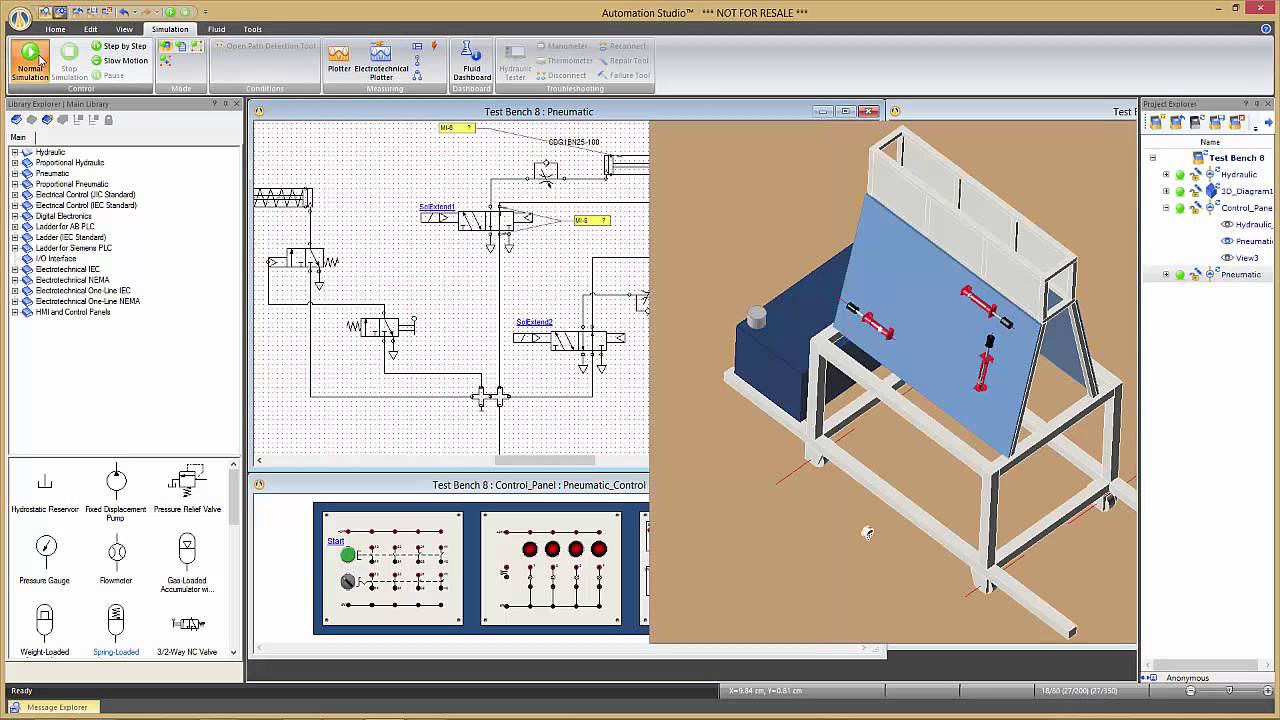

This plug-in enables you to populate a Maven repository from a given Oracle home. Oracle Fusion Middleware 12 c provides a Maven Synchronization plug-in that simplifies the process of setting up repositories and completely eliminates the need to know what patches are installed in a particular environment. To support standard interfaceĬlasses for NLS or Internationalization support Required to access Oracle Wallets from JavaĬlasses to support standard interface (Java SE 8). Required for DMS enabled jar (ojdbc8dms.jar and ojdbc8dms_g.jar) Oracle Notification Services (ONS) daemon Java APIs for subscribing to RAC events via ONS Universal Connection Pool for use with JDK 8 Ojdbc8_g.jar with instrumentation to support DMS. Ojdbc8.jar with instrumentation to support DMS calls

Table 5-1 JDBC Drivers, UCP, and Companion Jars for 12.2.0.1 Name of Jar If your user name is bob, then the directory path should look similar to the following: However, if you want to point Maven to a different location, see the Maven documentation. The Maven settings file, settings.xml, is usually kept in the. For more information about available Maven settings, see the Maven documentation at: If you are not familiar with these terms, review the introduction in Introduction to Continuous Integration. Mirrors: Informs Maven that instead of trying to access the Maven central repository directly, it should use your internal Maven repository manager as a mirror (cache) of Maven's central repository. Servers: Enables you to communicate with Maven about your credentials for the Maven repository, so that you do not have to enter them every time you want to access the repository. Proxy: Enables you to communicate with Maven about the HTTP proxy server that is required to access Maven repositories on the Internet. This example shows three common configuration settings that you may need to use: The following is an example of a Maven settings file: Archiva Mirror of Central You must create it, naming it settings.xml If you have installed Maven for the first time, either as part of the Oracle WebLogic Server installation, or by downloading it from the Maven website, you will not have a settings file yet.


You plan to access the Oracle Maven Repository. Your organization has its own internal Maven Repository Manager. You are working behind a firewall or proxy server.


 0 kommentar(er)
0 kommentar(er)
